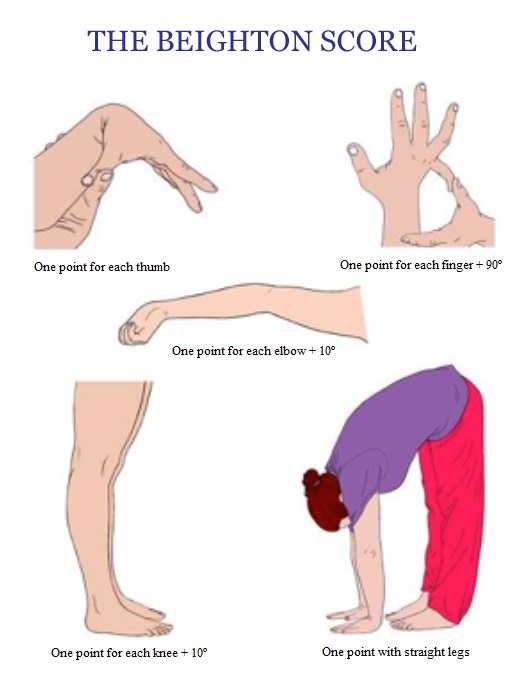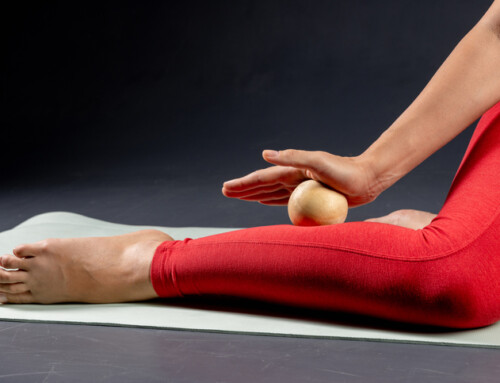Physical Therapy for joint pain caused by hypermobility
Andrew Gaetano, PT, DPT, OCS, CSCS
Those who are generally hypermobile in nature or have signs of hypermobility in joints sometimes don’t even realize it. Do you think you have hypermobility? Check out the signs below.
Hypermobility is a generalized term that means a joint is moving farther than expected based on looseness of joints, muscles, ligaments, or other surrounding tissues. Some people can live this way their entire lives and not even realize it. But sometimes hypermobility can create threat around joints or other soft tissues, and that’s when PT is important to restore normal mechanics, reduce joint threat, and improve control. Because hypermobility has a hereditary component, the condition cannot be prevented. However, early detection and treatment of the disorder (recognizing it in childhood and addressing it before symptoms are experienced) may enhance an individual’s long-term well-being. Once hypermobilty becomes symptomatic, an orthopedic physical therapist will be able to determine the cause of the problem and develop a movement based solution.
Those with symptomatic hypermobility may show the following signs:
- pain and stiffness in the joints and muscles – particularly towards the end of the day and after physical activity
- clicking joints
- back pain and neck pain, especially after activity when resting or getting up
- fatigue (extreme tiredness)
- night pains – which can disrupt sleep.
- impaired coordination or clumsiness
How do you know if you are hypermobile? Look at this image and try a few on your own:
At Capital Area PT, the orthopedic specialists can develop a plan to help you to return to normal activities without perceiving threat or symptomatic hypermobility which may include some of all of the following:
Muscle Strengthening and control. Muscles also provide stability to joints. The timing of certain muscles are also important, and the therapists at Capital Area PT can help you retrain these muscles
Balance and coordination activities
Taping techniques. Certain taping techniques can provide short term relief. A few examples of taping can be seen here.
Manual Therapy. The therapists at Capital Area PT are highly trained in this area. Because pain is a common complaint with this problem, manual therapy can provide large relief through gentle hands-on treatments that help restore normal movement and stimulate receptors in the joint that reduce threat.
Education for long term relief and normal function
If you or your child fit this criteria, give us a call for an evaluation to get help get on the path to healthy movement.
CapitalAreaPT.com
Malta, NY 518-289-5242
Queensbury, NY 518-289-5242






